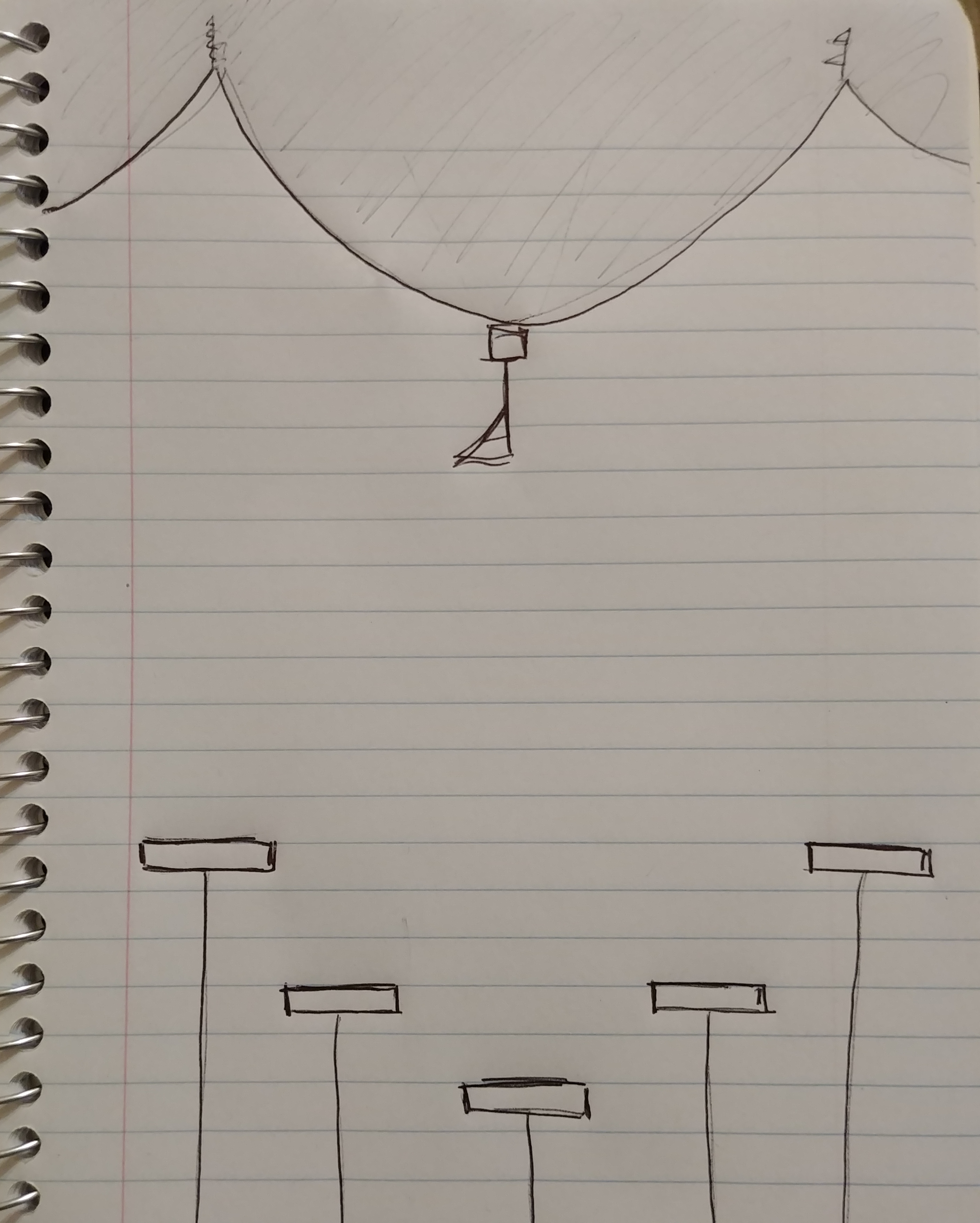Behind the scenes: The Ballroom
/This is part 6/7 of a series of articles written by Eve, the Clever Endeavour Community Manager, about the making of the A-cobra-tic Update for Ultimate Chicken Horse, which was released in March 2020. Each article reveals some of the process of making new content for the game, and shows in-progress images of each of the A-cobra-tic features that have never been shown to the public before.
Constructing The Ballroom
While some levels in Ultimate Chicken Horse can be adaptations of concepts or layouts that the player community can generate, like Space was, there’s a lot of value in introducing ideas and mechanics that are completely new to the game. However, there’s a delicate balance between novelty and things that will cause us major headaches to implement.
It’s already possible for players to make levels with multiple goals in the Free Play level editor, and we regularly see examples of that from the community. On the other hand, level makers are limited to one start zone per level. The idea of a level with multiple starts has interested us for some time, because without the constraints of the in-game editor, it was fairly easy for us to make, while potentially creating a new play experience unlike any of our previous levels.
‘Cosmic Rift a and B sides’ is an example of a custom level with two different goals (5FHR-7H34)
With that in mind, we had no issue agreeing to prototype a level with alternating start zones. The challenge we immediately faced, though, was determining what would be an interesting layout and theme for such a level.
I pitched the first idea with a very crude drawing. I imagined a series of start zones in a semicircle, and a suspended goal at the top and center of the playing field. You can’t really tell with my lacking art skills, but the proposed theme was a circus tent, with spinning plates as starting platforms.
what matters is that it gets the point across, okay?
While there was nothing especially wrong with this layout design, our desire to make the Space level a vertical one with a flag at the top meant that this would have been too redundant.
Not fully knowing what direction we wanted to take for this second level, we decided to experiment a bit with different layouts to see what interesting play patterns could emerge by placing the start zones in various ways around the level. We built three different prototypes and playtested each of them.
prototype 1
In Prototype 1, we placed the platforms around a large object that segmented the playing field.
This would have been most interesting if going between starts 2 and 3 (faded arrows) was ever a viable strategy, but we found that this didn’t happen naturally. The result was that playing this level mostly felt like playing two separate courses (solid arrows), and they were each sparsely populated with blocks.
Prototype 2
Prototype 2 took a completely different approach, with the three start zones in succession, meaning that players would pass through the same path every time, but start at various distances from the goal.
We found that this created little incentive to place traps in the first two thirds of the level, and that meant each run through it felt like it wasn’t made so different by alternating the starting point.
prototype 3
Prototype 3 was the general layout we went with: the three start zones at the top, and the goal at the bottom center, with symmetrical platforms at mid-height to avoid creating very long blind falls.
This had the advantage of creating two main paths (red/pink and purple/green), which gradually converge as you get nearer to the goal. It balances the objective of creating a different experience depending on where you start, while avoiding to create fully independent and sparse roads that feel like they have no relation to each other. It’s also possible – and sometimes desirable – to build into the big open zones on either side of the level to form longer, alternate paths (blue arrows).
This design was originally inspired by the Plinko board, where you choose to drop a puck from any number of locations at the top, let it bounce down on pegs that determine its path, and hope it will land into a desirable bin at the bottom. We also looked at pachinko machines, which function in roughly the same way, but are visually much more interesting. However, we decided that it was better for us to move away from that aesthetic altogether, because it emphasizes aspects of lack of control and random chance. That is the antithesis of Ultimate Chicken Horse, which is at least in part intended as a show of skill and intentionally calculated risk.
Plinko from the price is right
a japanese pachinko machine
We also toyed with the idea of not having all the players start in the same location every round and randomly spreading them out, but that would have gone against another core value of the game: fairness. The whole point is to make sure that when you make the level harder, it’s not only your opponents who suffer the consequences, but you too.
Moving away from Plinko and pachinko, we eventually settled on a classier theme for our alternating start platforms: we made them into crystal chandeliers suspended from the ceiling of a ballroom.
the ballroom as you know it
We also flipped the goal upside down so that players couldn’t just fall straight into it from the start zones. This made sure that playing this level felt like platforming your way to victory, and not just hitting bumps on a ballistic path downwards. It also incentivizes players to build around the common objective in the very first rounds before moving outward to fill the funneling paths with traps, which tends to make for the most interesting gameplay.
When you look at the final product, The Ballroom seems like a completely straightforward level. It might be surprising that it required so much thought and experimentation to get it right!
P.S. I’m glad that we ended up with the theme of The Ballroom, because it gave our musical friends at Vibe Avenue an opportunity to concoct yet another totally banging track, which turned out to be one of my favorites in the game so far!
If you liked this behind-the-scenes article, make sure to check out the previous ones about the flamethrower, Snake, the cannon, Space, and the one-way gate. You can also look forward to the last part of this series, which will be published next week and will cover the making of the beehive!


















